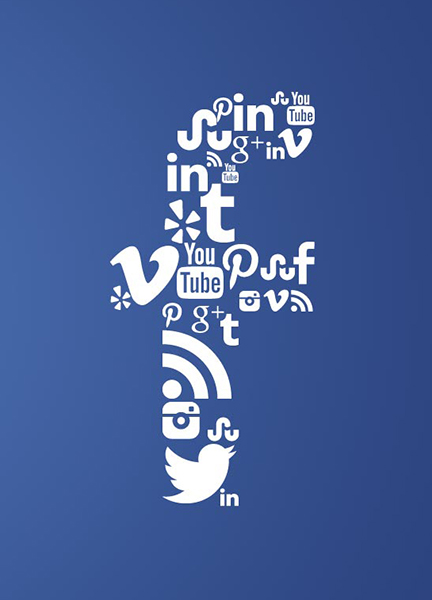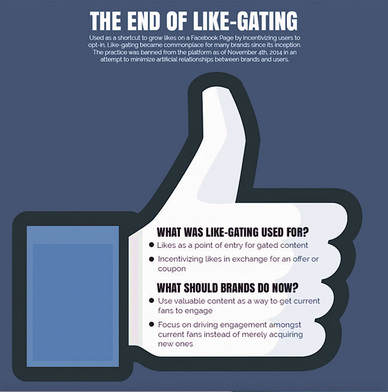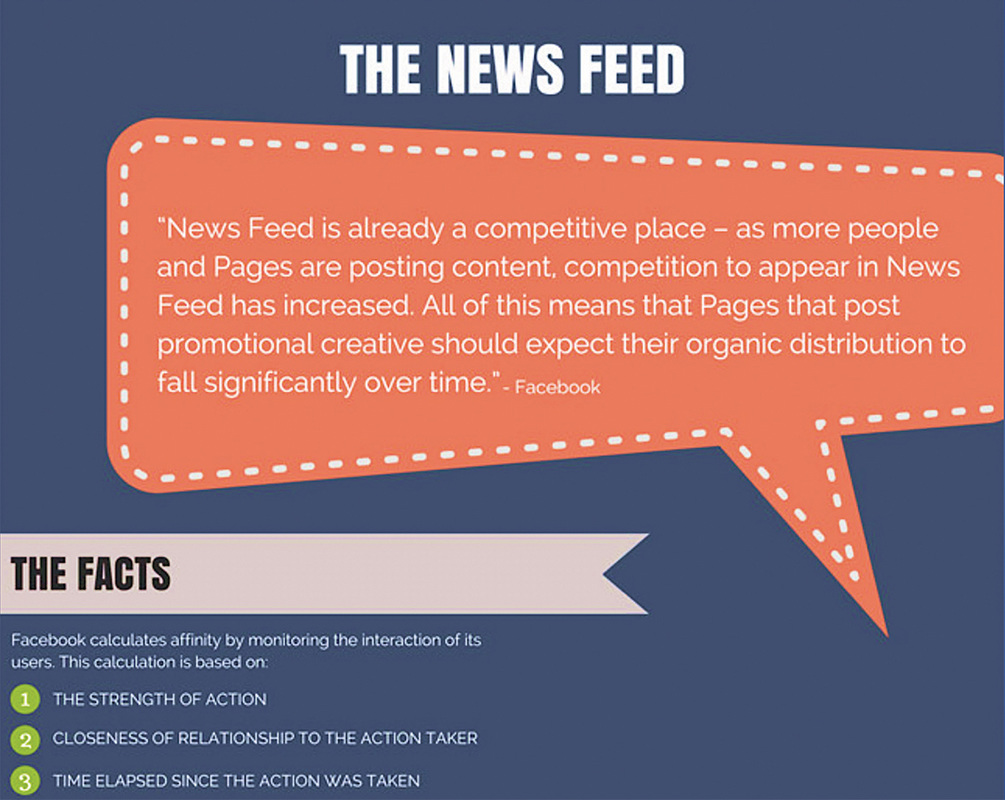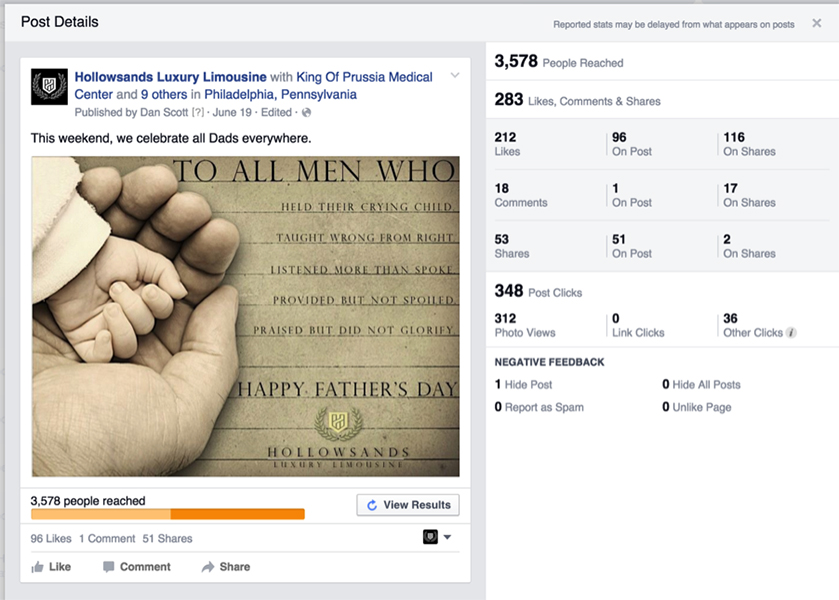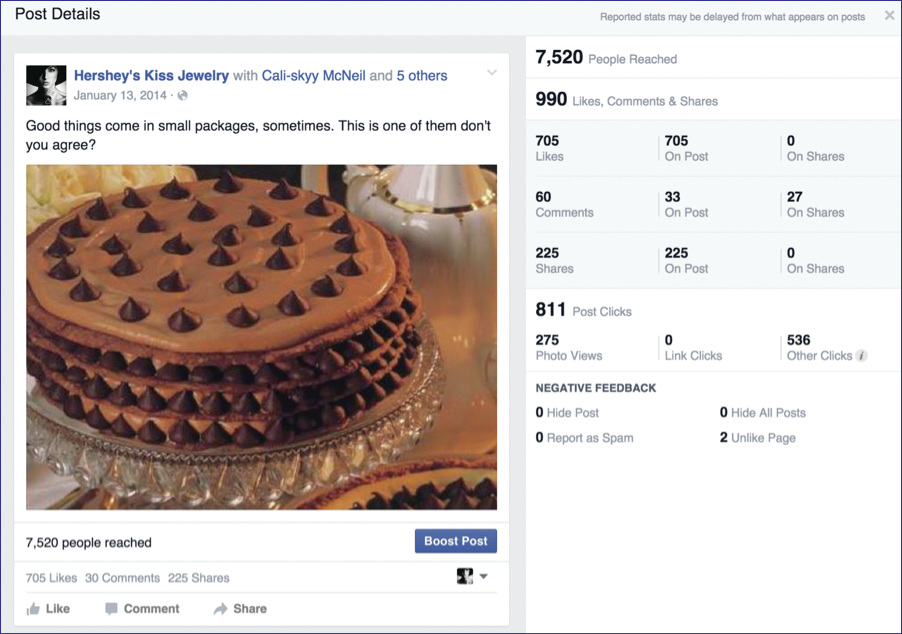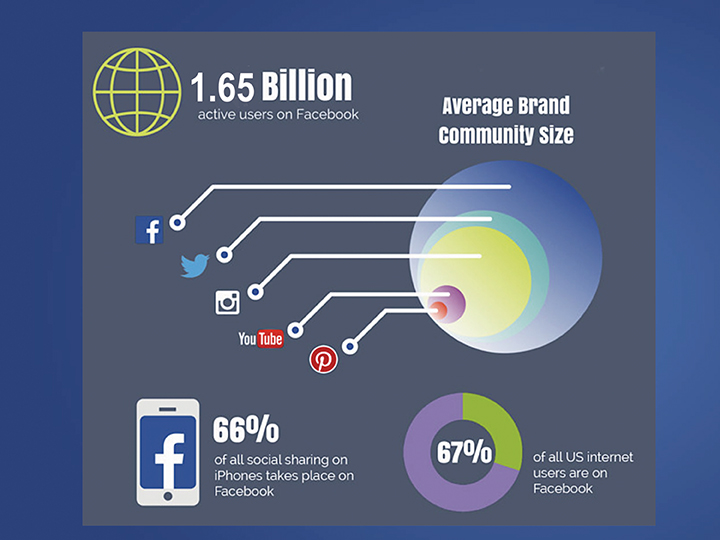GET ENGAGED . . . To Facebook
Admit it. You love it. You need it. You sometimes don’t understand it, but it’s always there for you. now it’s time you committed to Facebook so you can become more engaged in social media for your business. But, Facebook is changing and you need to understand how to change with it. Brand Architect Dan Scott explains...

